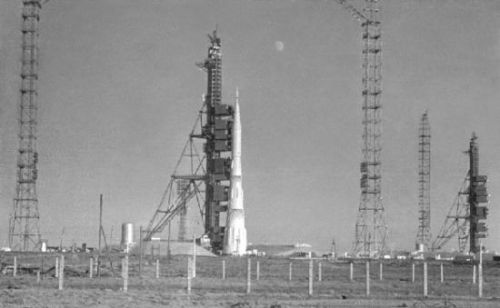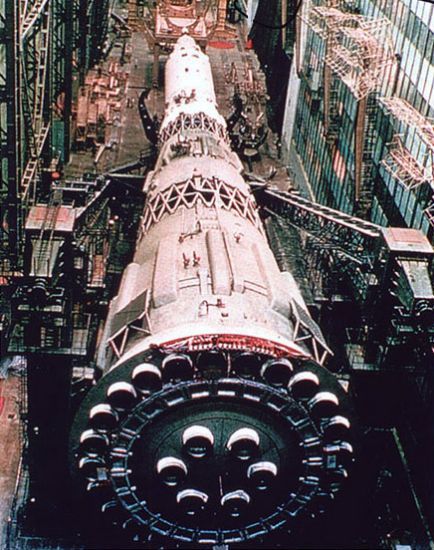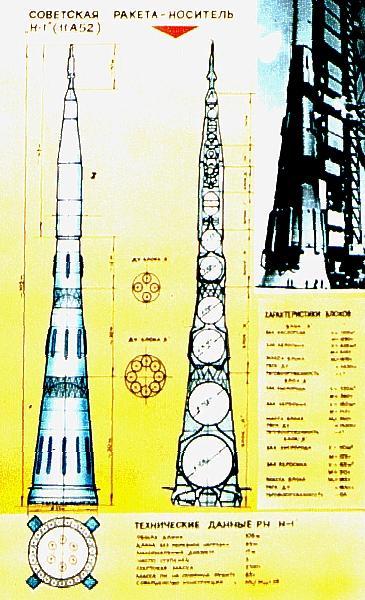The Largest Man Made Non-Nuclear Explosion in History — The Soviet N1 Rocket Accident,In order
The Largest Man Made Non-Nuclear Explosion in History — The Soviet N1 Rocket Accident,In order to win the space race, the Americans needed a large reusable rocket that was powerful enough to lift a large spacecraft and payload into space. Thus, the Americans created a the Saturn V rocket, a massive rocket that was 363 ft tall and 33 ft in diameter. In order to compete with the Americans, the Soviets created their own rocket called the N1, which was to become the foundation of their lunar program. 343 ft tall and 53 ft in diameter, it was not much shorter than than Saturn V and much more powerful. In fact, it was the most powerful rocket ever built.Design of the N1 began as early as 1958, but construction didn’t begin until 1965. Throughout its design and manufacturing process, the N1 was fraught with problems as engineers had to deal with numerous technical problems, were forced to make due with substandard parts and manufacturing processes, and had to fend off pesky Soviet officials who cared more about politics than safety and proper engineering. Finally in 1969, the Soviets had a working rocket ready for testing. The first test was unsuccessful, with a power failure causing the rocket engines to shut down. The Soviets attempted to correct the problem, and planned a second test.The second test occurred on July 3rd, 1969. After ignition of the engines, the rocket barely made it off the ground when a loose bolt was sucked into the fuel pumps, causing the engines to cut out. The rocket them immediately fell back onto the rocket pad and exploded in a massive fireball as its kerosene based rocket fuel ignited. The shockwave of the blast shattered windows all over the complex as far as 35 kilometers while fire and debris rained from the sky over a 6 miles radius. It took several hours before engineers and scientist were able to leave their bunkers, when they emerged the whole area was littered with debris, damaged and destroyed buildings, and still burning rocket fuel. Although only 400 tons of its fuel detonated, around 15% of its 680,000 kilograms of fuel, the blast created by the accident yielded a 7 kiloton explosion, roughly half the yield of the atomic bomb dropped on Hiroshima. Amazingly, the accident resulted in no casualties.News of the accident was quickly covered up by the Soviet government. Mere minutes after the explosion phone lines to the facility were cut and radios jammed. The accident remained a state secret until the fall of the Soviet Union in 1991. The failure of the N1 rocket doomed the space race. Little more than two weeks later, the Apollo 11 mission would land the first men on the moon. In the early 1970’s, the Soviets would conduct two more test launches of the N1 rocket, both failed. -- source link
Tumblr Blog : peashooter85.tumblr.com
#history#space race#explosions#boom#n1 rocket#soviet union#science#rockets#engineering#accidents#fail


